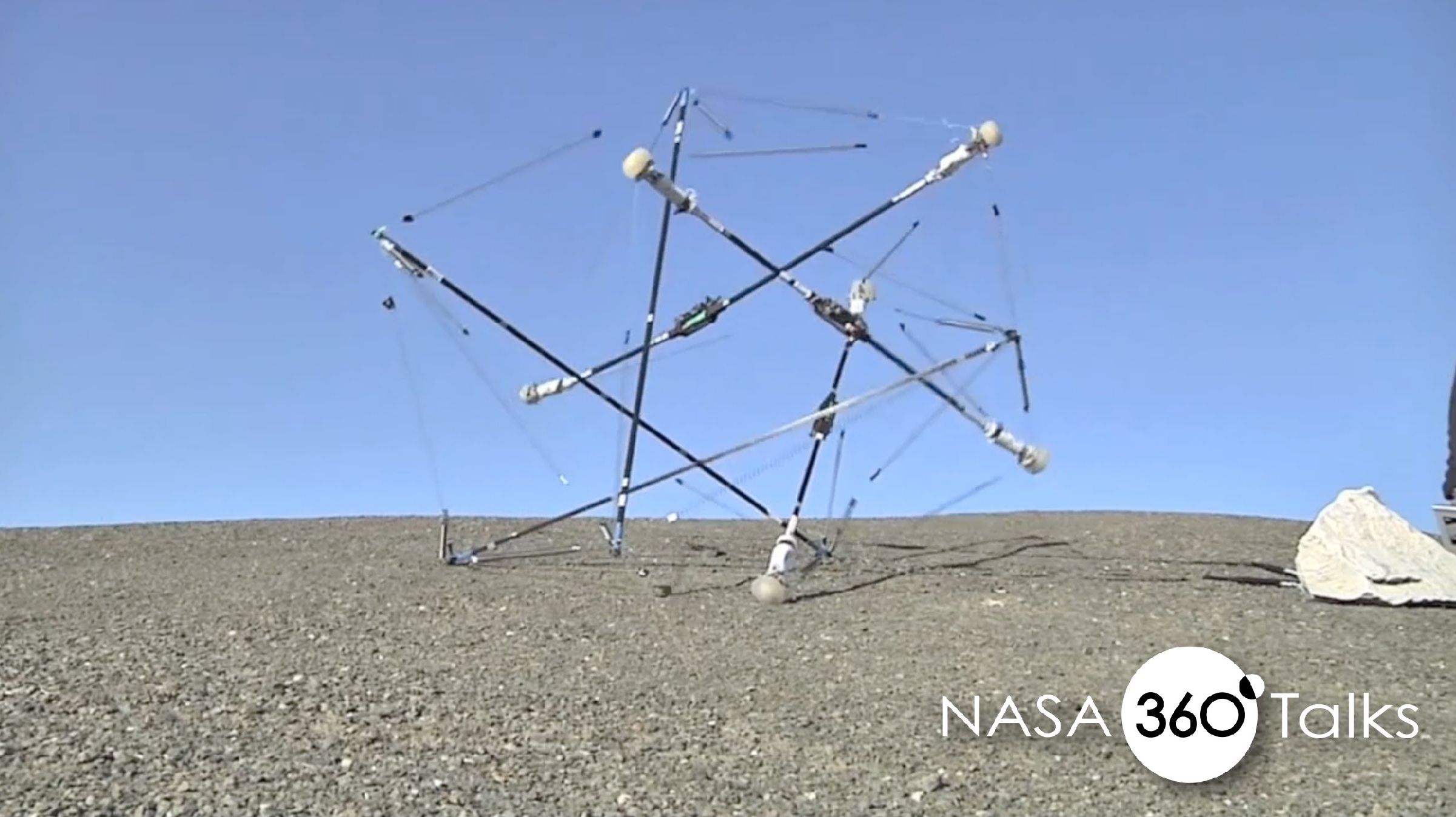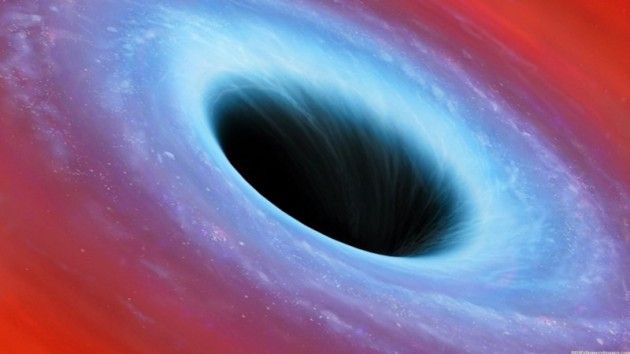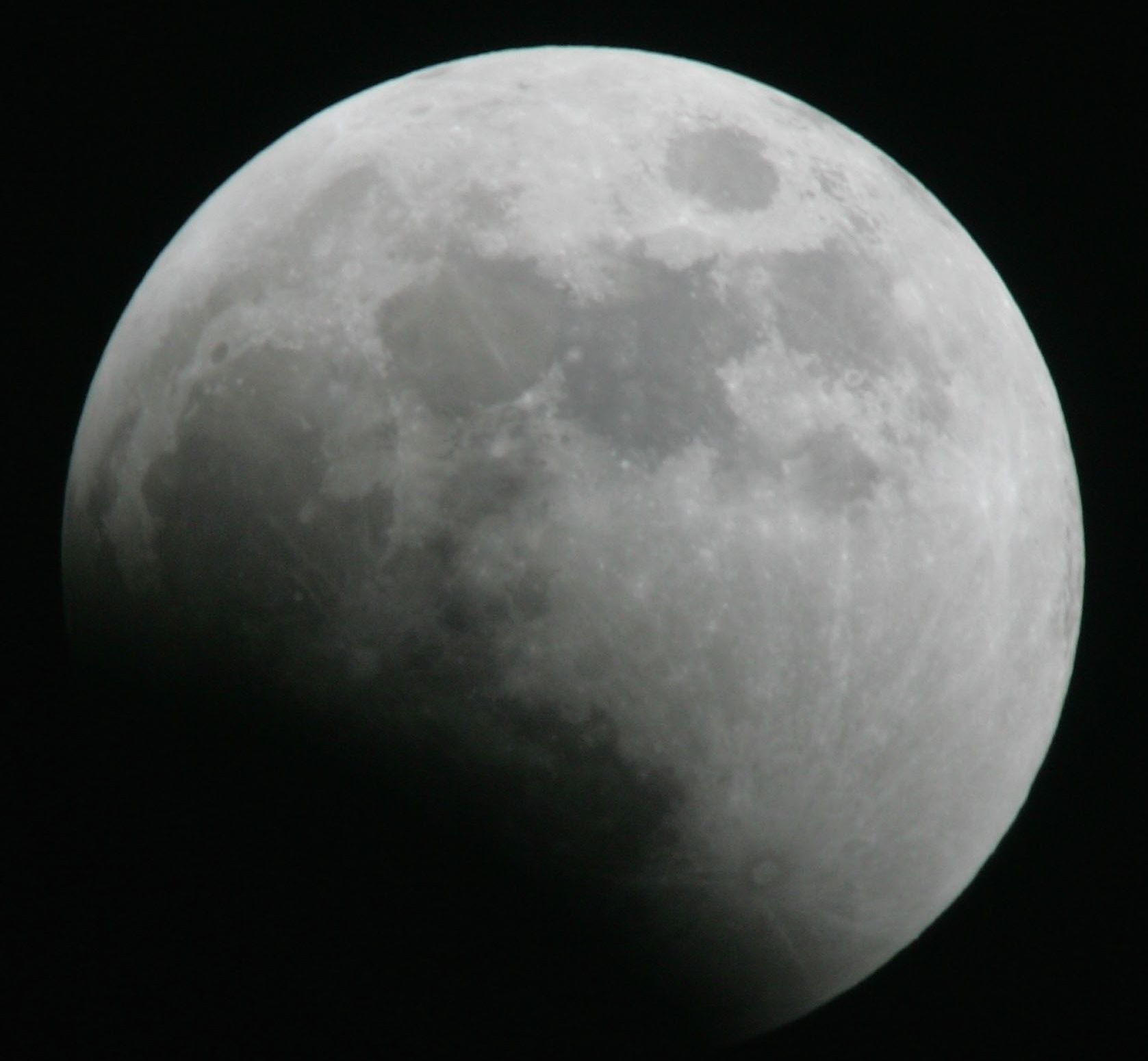“The station regularly passes out of range of the Tracking and Relay Data Satellites (TDRS) used to send and receive video, voice and telemetry from the station,” a spokesperson for NASA told ValueWalk.
The only problem with this explanation, of course, is that it’s so much more boring…”
It is, of course, highly unlikely that this was some alien ship. That said, those tracking and relay stations are fixed and known locations. Also, the range and power of the ISS communication systems are well known, non-classified public domain knowledge. I suck at math, but it should only be a matter of taking the exact time and duration of this outage and comparing it to the tracking and relay station stats.
A horseshoe-shaped apparition has UFO trackers seeing stars.








